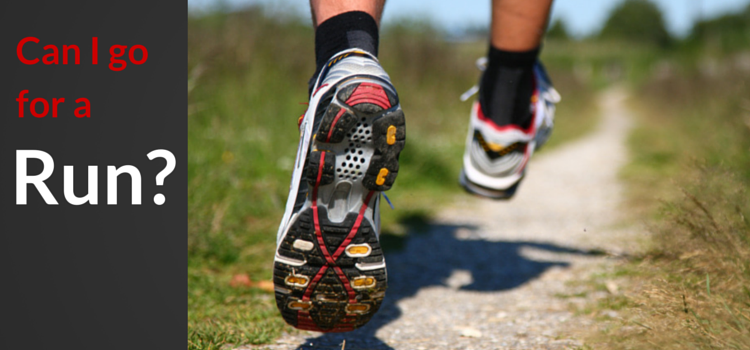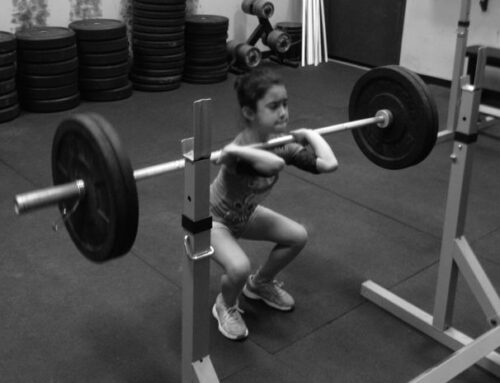During my time as a strength coach I have experienced a large number of varying questions and statements from clients regarding movement and improving one’s physique. When I see a client for the first time, I conduct an assessment of their movement and coordination to gather various information regarding their physical abilities and/or limitations. It is very common to see people with a much less than acceptable squat, deadlift or split squat in terms of force production, force transfer and all the necessary criteria that go along with those movements (i.e. their level of ankle, knee, hip, and spine mobility and stability- whether through dynamic or static postures).
Now all of those issues are very common. Another commonality is that I will tell this person that I do not want them to train on their own until I am happy with their level of competence, in terms of what cues that person HAS to focus on to change the movement pattern to something more beneficial. This person will agree with me and usually comply but then I get the same person asking me, “in the meantime, can I go for a run?”
This may seem like a harmless question because “who doesn’t know how to run?” Well, unfortunately tons and tons of people have lost the requisite strength to run whereby it will be beneficial to their bodies and goals. Yes, tons of people run but most of them have very poor technique. If you cannot squat, deadlift or do split squats (all of which are bi-lateral stance movements, with very little resistance to anti-rotation) what makes you think you can run (a uni-lateral, bounding, plyometric type movement with a need for trunk anti-rotational strength) with good technique and therefore allow you to get the benefit of running. From a neurological standpoint, running is a more complex movement than a squat or a deadlift or a split squat. The level of strength and coordination required is much higher and you need to be able to perform the movement soundly with your bodyweight (so I am not talking loaded squats etc. I am referring to the person resisting gravity whether it be through a squat, deadlift or running) Running a single leg hooping motion where at no point are both legs supporting the body, you are always bouncing off of one leg onto the other. Again, if this person cannot show stability as the force transfers through their feet, into their ankle, into their knee, into their hips, into their lumbar spine and so on with a movement that is relatively static when compared to running, they have no business running. The muscles they think they are using during running aren’t being used and thus the calories the person thinks they are burning, are not being burned. To the practitioner, this also only makes my job harder, as you are performing more reps with poor technique which in turn may make it take longer and be more challenging for me to help you break your poor movement patterns.
I know it may not be so common sense to some people like it is with many of my colleagues but just like the majority of the population used to think crazy things such as: “the world is flat” / “all dietary fat will make you fat” / “all terrorists are Muslim” / “our solar system is the only solar system” / “gay marriage will ruin society”. I am hoping in many years that people that have a better understanding of what their bodies need and for the importance of strength training, especially as it pertains to a persons’ level of effectiveness when it comes to cardiovascular or conditioning type exercises. Just because it’s “CARDIO” doesn’t mean there isn’t a prerequisite level of strength needed to make that exercise safe and effective.



